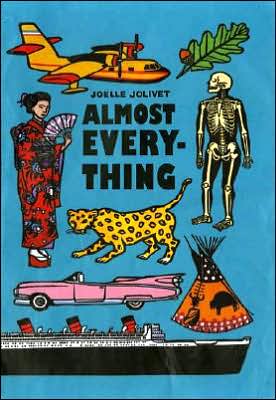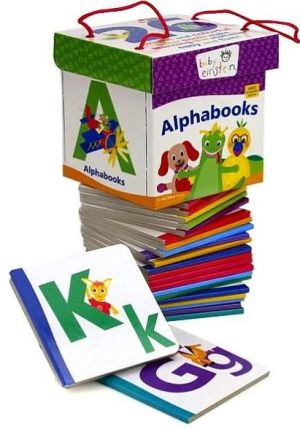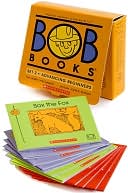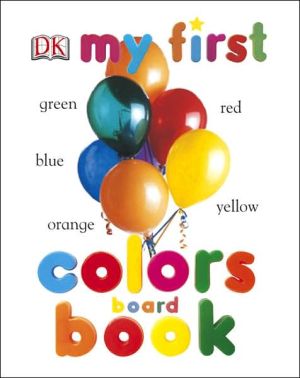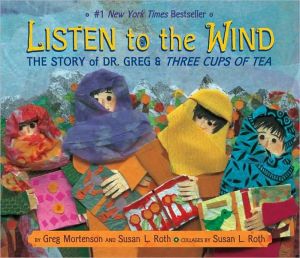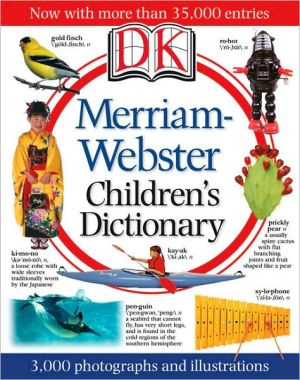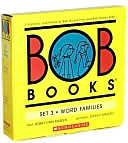Almost Everything
A skyscraper? An igloo? A high-speed train? A horse and cart? Encyclopedic and stylish, Almost Everything is full of things both familiar and unexpected, arranged in simple categories — buildings, transportation, costumes, plants, animals, and much more. The wealth of detail and oversize design is matched by bold, dramatic block print art, in a book that will capture and hold young children's attention.
Search in google:
A skyscraper? An igloo? A high-speed train? A horse and cart? Encyclopedic and stylish, Almost Everything is full of things both familiar and unexpected, arranged in simple categories — buildings, transportation, costumes, plants, animals, and much more. The wealth of detail and oversize design is matched by bold, dramatic block print art, in a book that will capture and hold young children's attention.Publishers WeeklyFans of the oversize Zoology illustrated by Joelle Jolivet will also welcome the gigantic 12" x 17 1/2" Almost Everything by Laura Jaffe, illus. by Jolivet, trans. by Alexis Siegel, that contains... well, almost everything. From cars, costumes, body parts and instruments to fruits and vegetables, and much more, readers will be hard pressed to find something this book does not cover, as they literally climb on top of the spreads to identify their favorites. Copyright 2005 Reed Business Information.
\ Publishers WeeklyFans of the oversize Zoology illustrated by Joelle Jolivet will also welcome the gigantic 12" x 17 1/2" Almost Everything by Laura Jaffe, illus. by Jolivet, trans. by Alexis Siegel, that contains... well, almost everything. From cars, costumes, body parts and instruments to fruits and vegetables, and much more, readers will be hard pressed to find something this book does not cover, as they literally climb on top of the spreads to identify their favorites. Copyright 2005 Reed Business Information.\ \ \ \ \ Children's LiteratureSpreads in this huge, oversized, illustrated book feature intricately arranged and labeled images, sorted by topic, which will provide hours of discussion and identification. The "Planes, Helicopters, and More" page includes historical airplanes such as the Fokker DR1 and a Zeppelin as well as a modern Concorde and a Rafale. History is also reflected in the world costumes pages. Tools, cars, fruits and vegetables, anatomically correct human bodies, boats, trees and flowers, plus other topics, are among the chunks of the world that get space here. Thick black lines give the appearance of woodcuts and the brightly filled in spaces on the figures against white ground with the identification labels curling around the images create a pleasant designerly look to the pages. Totally forgettable are the "To find out more on almost everything" notes at the book's end. Many start with "This . . . " and give little information. Format is uneven, some information is given in fragments, some in sentences, some is bland and obvious, some bespeaks research. Still, a reader of a certain age will pore over the pictures, noting features, comparing and contrasting items, and be bound to pick up something sending him or her to another source for more information. A book which purports to be about everything is a sure enticement to most of the elementary-school set. 2005, Roaring Brook Press, Ages 6 to 12. \ —Susan Hepler, Ph.D.\ \ \ School Library JournalPreS-Gr 3-Following the same format as Zoo-Ology (Roaring Brook, 2003), Jolivet has taken 13 diverse categories such as trees and flowers, the human body, tools, and historical costumes, and illustrated dozens of objects both unique and commonplace on spreads almost two feet high. There is no attempt to maintain relative size. The hedgehog is the same size as the snail, the squirrel is smaller than the butterfly, etc. Extinct animals mingle with those that are not, and colors are not always natural. While some objects are specifically labeled, many are given only their generic name, e.g., duck or frog as opposed to mallard duck or red-eyed tree frog. The glossary provides more information, but some of it is misleading. The entry under crab states that these animals live "-between rocks on the seaside," a statement that is not true for the one pictured and the majority of others. The pages on the human body feature an anatomically correct male and female, as well as a silhouette of a child in utero. The linocut prints can be appreciated for their artistic quality and will be fun for browsers to pore over, but instructive possibilities are limited.-Grace Oliff, Ann Blanche Smith School, Hillsdale, NJ Copyright 2005 Reed Business Information.\ \ \ \ \ Kirkus ReviewsThis outsized companion to Zoo-ology (2003) follows the same format, presenting hundreds of thick-lined, accurately drawn figures, buildings and objects neatly packed together on a series of poster-like topical spreads. Linking with the previous title, Jolivet gives "Animals" an entry, but moves well beyond with pages devoted to "Tools," "Buildings," "Construction Equipment," "Fruits and Vegetables," "Musical Instruments," "Houses" and so on; each item has an inconspicuous label, supplemented by a later fact or two in a closing appendix. The spread of "Historical Costumes" shows a Eurocentric bias-particularly as it's followed by an array of "Costumes of the World" that could be more accurately labeled "Costumes of the Third World"-and some frank views of the "Human Body" will discomfit unwary adult viewers; still, children can look forward to hours of discovery from this splendid visual resource. (Picture book. 5-9)\ \
